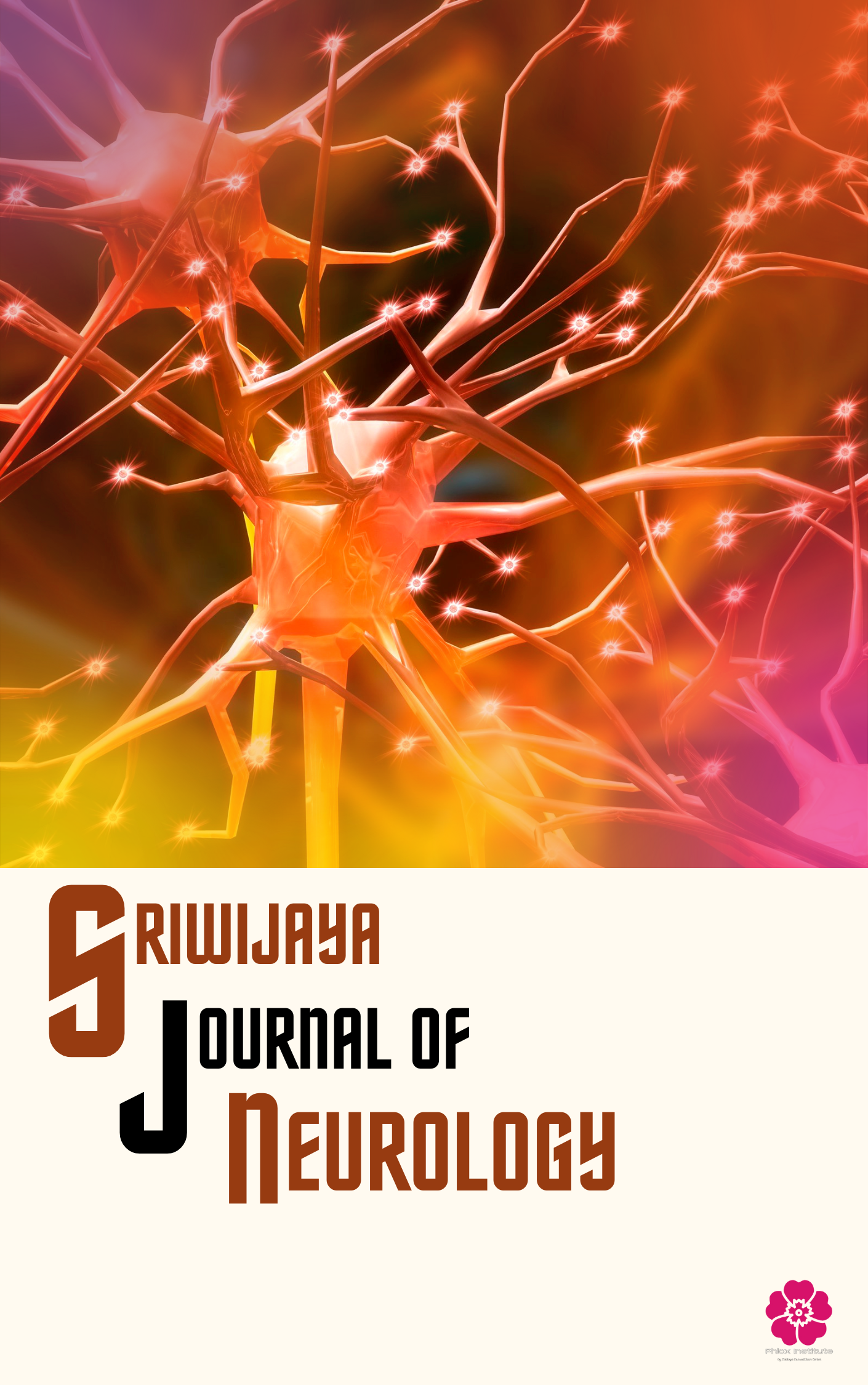Main Article Content
Abstract
Introduction: Parkinson's disease (PD) is a neurodegenerative disorder that affects motor and non-motor functions, including oral health. This longitudinal study aimed to investigate the oral health status of PD patients in Semarang, Indonesia, and its association with disease severity over time.
Methods: A cohort of 100 PD patients diagnosed according to the UK Parkinson's Disease Society Brain Bank criteria were recruited from the Neurology Clinic of Private Hospital, Semarang. Oral health assessments, including Decayed, Missing, and Filled Teeth (DMFT) index, periodontal status, and oral hygiene habits, were conducted at baseline and annually for three years. Disease severity was assessed using the Hoehn and Yahr (H&Y) scale and the Unified Parkinson's Disease Rating Scale (UPDRS). Data were analyzed using descriptive statistics, correlation analysis, and regression models.
Results: The majority of PD patients exhibited poor oral hygiene and a high prevalence of dental caries and periodontal disease. DMFT scores and periodontal indices worsened significantly over the three-year follow-up period. Disease severity, as measured by H&Y stage and UPDRS scores, was significantly correlated with poorer oral health status. Regression analysis revealed that higher UPDRS scores at baseline predicted a more rapid decline in oral health over time.
Conclusion: PD patients in Semarang, Indonesia, experience significant oral health challenges that are associated with disease severity and progression. These findings highlight the need for integrated oral healthcare in the management of PD to improve patients' overall quality of life.
Keywords
Article Details
Sriwijaya Journal of Neurology (SJN) allow the author(s) to hold the copyright without restrictions and allow the author(s) to retain publishing rights without restrictions, also the owner of the commercial rights to the article is the author.

